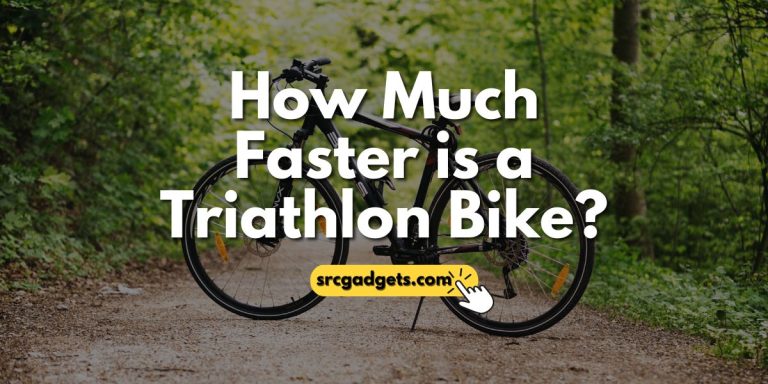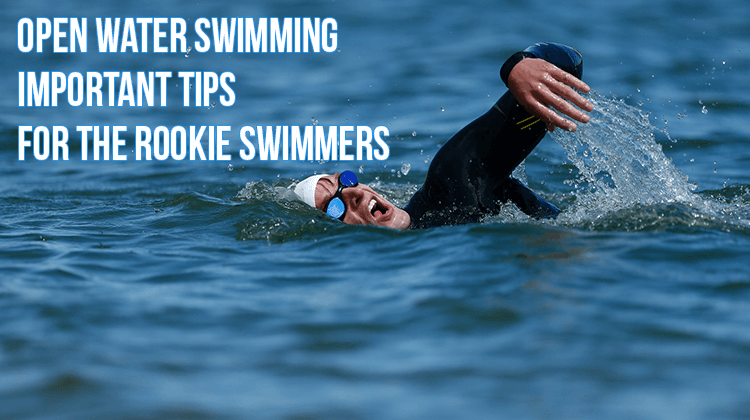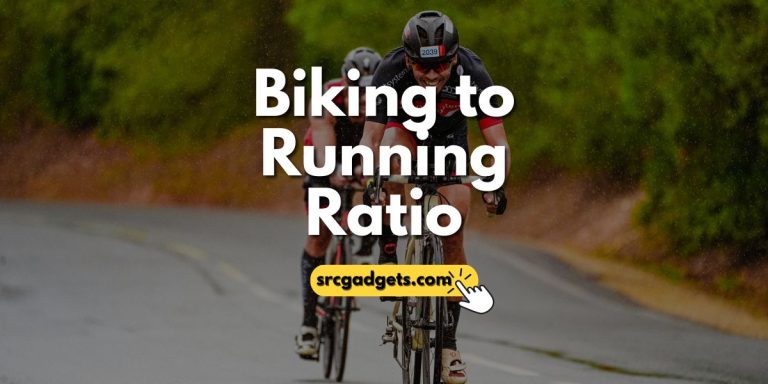Are Triathlon Wetsuits Different?
If you’ve ever wondered whether triathlon wetsuits are really any different from regular wetsuits, you’ve come to the right place. Triathlon wetsuits are specifically engineered for the demands of swim-bike-run racing.
Everything from the materials to the design details are optimized for warmth, flexibility, buoyancy and speed. Let’s dive deeper into what sets them apart.
Design and Material of Triathlon Wetsuits
Triathlon wetsuits aren’t just your average wetsuits. They’re specially designed for, you guessed it, triathlons! But what makes them so special? It’s all in the design and material.
Neoprene Types and Their Benefits
Neoprene is the heart and soul of any wetsuit. It’s that magical material that keeps you warm in cold water and gives you that snug fit. But did you know there are different types of neoprene? Let’s break it down:
Insulated Neoprene
Insulating neoprene provides core warmth in chilly open water swims. The trapped layer of water warmed by your body heat creates a thermal layer that retains heat.
Laminated Neoprene
Low-drag coated neoprene slices through water for faster swim splits. The slippery exterior surface causes less friction as you move through the water.
Skin Neoprene
Ultra-stretchy varieties offer a barely-there feel that won’t restrict your stroke. Maximum flexibility means you can maintain full range of motion.
With the right neoprene type, you’ll gain an advantage in the water over athletes in regular wetsuits that lack these high-performance materials.
Unique Features of Triathlon Wetsuits
Triathlon wetsuits have some pretty features that set them apart from your regular wetsuits.
Everything from the zipper placement to the leg cuffs is engineered for triathlon-specific benefits.
You’ll find thoughtful features like:
So, there you have it. Triathlon wetsuits are not just any wetsuits. They’re specially designed for the unique challenges of triathlons, from the cold open-water swims to the need for speed. Whether you’re a newbie or a seasoned pro, investing in a good triathlon wetsuit can make a world of difference in your performance and comfort.
These design tweaks shave crucial time and energy across every segment – from the swim exit all the way to the bike mount.
The Importance of Fit in Triathlon Wetsuits
You know how they say, “If the shoe fits, wear it”? Well, the same goes for wetsuits, especially when it comes to triathlons. The fit of your wetsuit can make or break your swim. An off-the-rack wetsuit might fit your body, but a triathlon suit should fit like part of your skin. An ideal fit means:
Reduced Drag:
A good fitted wetsuit reduces the amount of water that can get trapped between the suit and your skin. Less water means less drag and less drag means faster swim times. It’s simple math!
Optimal Buoyancy:
Buoyancy panels are aligned to your body. Proper positioning ensures maximum benefit. If your wetsuit doesn’t fit right, those panels might not be in the right place, and you could end up fighting against your wetsuit instead of swimming with it.
Comfort:
A wetsuit that’s too tight can restrict your movement and make it hard to breathe. One that’s too loose can chafe and cause blisters.
Take the time to find your perfect size and model. An investment in dialed fit will pay off every time you race.
Caring For Your Wetsuit Prolongs Its Life
Investing in a triathlon wetsuit is a big deal, so you’ll want to take good care of it. Here are some tips to keep your wetsuit in tip-top shape:
With the proper care, a high-quality triathlon wetsuit should deliver years of performance. Be sure to:
Is a Triathlon Wetsuit Worth It?
So, after all this, you might be wondering, “Is a triathlon wetsuit really worth it?” Let’s weigh the pros and cons:
Pros:
Cons:
In my humble opinion, if you’re serious about triathlons, a triathlon-specific wetsuit is a game-changer. It’s like having a secret weapon in your triathlon arsenal.
Conclusion
In conclusion, triathlon wetsuits stand apart from regular wetsuits, tailored to meet the specific needs of swim-bike-run events. They integrate optimized materials and design for superior performance, including enhanced flexibility, buoyancy, and transition speed.
Key features like strategic buoyancy panels and ergonomic design details such as back zippers and quick-release cuffs underscore their role in improving posture, reducing drag, and enabling faster transitions.
For triathletes aiming to elevate their performance, the investment in a triathlon-specific wetsuit is a strategic choice that offers significant advantages in speed and comfort.






